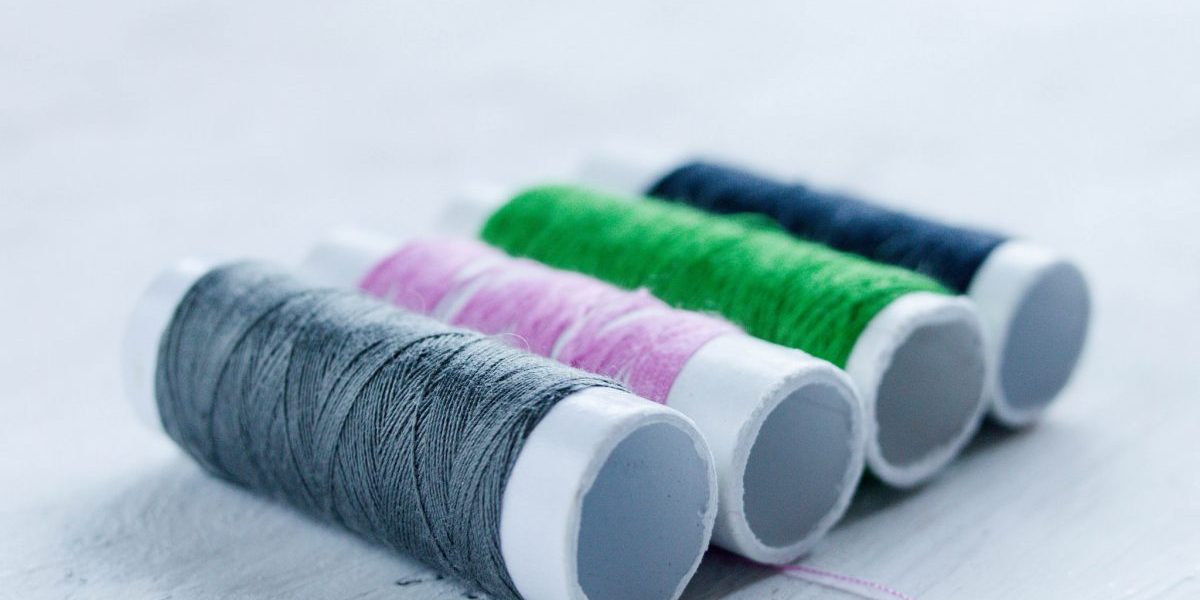Every country has a different name for them, but they all evoke the same sense of loss. On the streets of Harare they call them mupedzanhamo, or ‘where all problems end.’ Tanzanians prefer the term kafa ulaya, ‘the clothes of the dead whites.’
Down at the Tejosho Market in the Yaba district of Lagos, Okey Anorue earns his daily bread selling okirika, or ‘bend down boutique,’ from a wooden shed. Last year the government imposed a ban on his kind of trade, causing less-determined stall owners to shut down, but Anorue carries on. The money’s too easy to stop.
Second-hand clothing is a thriving industry – some would say problem – across Africa. Every year Western countries send hundreds of thousands of tons of used garments to the developing world. It’s big business on both ends. The clothing costs pennies up North, so exporters net millions, and can be marked up as much as 3,000% by the time they hit the stalls and street corners oceans away, according to the International Textile, Garment and Leather Workers’ Federation (ITGLWF).
In Nigeria alone, poverty and economic mismanagement have pushed millions of poor people to trade in second-hand clothing. Women, widows, self-sponsored students, sacked or retrenched workers take to the trade because it requires little start-up capital and they can turn a quick profit almost immediately.
Thirteen years ago Anorue started with $8. Today he lives in a three-bedroom apartment and drives a Japanese sedan. Buyers cut across all segments of society despite the widespread belief that the garments are cast-offs from people who died of communicable diseases. ‘It’s cheap. We don’t have enough money to buy food, not to talk of spending much on clothing,’ said Malara Kazeem, who sells soft drinks not far from Anorue’s shed.
But there’s a costly downside, too. The glut of used clothing has adversely affected local textile industries, preventing developing countries from taking advantage of favourable international trade agreements like the US African Growth and Opportunity Act (AGOA). The Uganda Importers and Exporters Association, for example, estimates that the total value of second-hand clothing imports to that country in 2002 exceeded $22 million in worth, and that 80% of Ugandans buy such apparel.
Seven years ago, the Nigerian textile industry, the largest employer in the manufacturing sector, provided 25% of the total national employment. Since then, however, the sector has shrunk dramatically from 137,000 jobs in 1997 to 57,000 in 2003 – or by almost 58% of its workforce – and 25 companies have closed shop. The local textile industry now shares just 27% of the home clothing market, according to a recent study by the United Nations Industrial Development Organisation (UNIDO).
‘There is no garment industry in Nigeria. Second-hand clothing has killed it,’ said Jaiyeola Olarewaju, executive director of the Nigerian Textile Manufacturers Association and Nigerian Textile Garment and Tailoring Employers Association. ‘We don’t have companies producing garments in this country because everybody goes for the “bend down boutique”: 75% of women wear foreign dresses, and even the big madams buy from okirika because the garment industry is virtually gone.’
The July UNIDO 2003 report concluded that if the government could stem imports of second-hand clothing, it could revitalise the local textile industry within five years, create at least 75,000 new jobs, generate $500 million annually through exports and attract $250 million in foreign direct investment.
Last year the government imposed a ban on imported used clothing, but cranking up the local looms won’t be easy. Second-hand clothes from Europe and the US do not come to Nigeria directly. The bales land at ports in neighbouring Benin or Togo and are smuggled into Nigeria through porous borders, often with the help of corrupt customs officials. It’s risky work, but poverty and profits provide ample incentive. The smugglers even have their own trade union.
‘It is hard to smuggle goods into the country,’ said Eme Ijeoma, president of the Ogbamba (smugglers) Association. ‘But because of poverty and hunger, people are ready to walk miles carrying bales of clothing in the day or at night.’
In the cat-and-mouse interplay between smugglers and border officials, bullets are often exchanged and, sometimes, lives are lost. ‘Last year, we engaged the smugglers fire for fire,’ said Chike Ngige, spokesman for the Nigeria Customs Service (NCS). ‘The comptroller general’s anti-smuggling special squad killed two of the smugglers’ helmsmen.’
In the last four months customs officials have seized 384 bales of second-hand clothing. ‘When somebody loses millions because his goods are seized, he will not go back to it,’ Ngige said.
Breaking the ring of smuggled used clothing, says Olarewaju of the manufacturing association, would enable Nigeria to benefit in two ways. First, West Africa produces some of the cheapest cotton in the world, but high US and European subsidies for their own growers makes it nearly impossible for African producers to move their bales to market. With a revitalised local garment industry, more of that cotton would be utilised at home.
‘The textile industry is unique in that it is using a high percentage of locally produced raw materials such as cotton and polyester, unlike other sectors in Nigeria,’ the UNIDO report found.
Second, Nigeria would be able to take greater advantage of three favourable international trade agreements. In addition to AGOA, which gives preferential access to US markets to garments made in accredited sub-Saharan African countries, there is the Cotonou Agreement, signed in June 2000, which lifts quotas and tariffs on African textiles and garments in European markets. Then there is the regional agreement on trade liberalisation that promotes intra-regional trade across West Africa. While Nigeria’s textile products, such as print fabrics, are mainly sold in domestic markets, the country dominates the West African market with more than 70% of the total regional production.
But the region isn’t likely to make things easier for Nigerian textile manufacturers. Benin, Togo and Ghana, for example, have no import restrictions on second-hand clothing because they generate needed foreign revenues from import duties. With these countries ready to supply smugglers with goods, Nigerian customs officials are all too aware that they can never shut down all the traders like Anorue.
‘What we are doing is to curtail the problem, as no country in the world has been able to wipe out smuggling completely,’ Ngige said.






